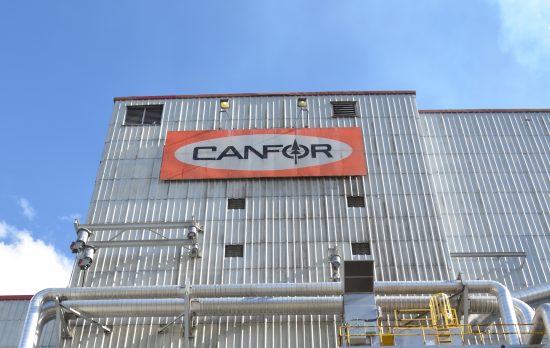
Features
Financial Reports & Markets
Health & Safety
Paper
Pulp
Tissue
Editorial: Pandemic puts pressure on prices, safety programs
April 2, 2020 By Kristina Urquhart
 Photo: Annex Business Media
Photo: Annex Business Media When Pulp & Paper Canada published our 2020 outlook for the tissue industry in January, we cited overcapacity as the main concern for the year.
(One of the experts we consulted, Bruce Janda of Fisher International, also said that using paper products is the best way to complete handwashing and prevent against the spread of viruses, which was oddly prescient given that the article itself was written last November, well before the outbreak of COVID-19.)
What a difference a few months makes. While overcapacity remains a challenge – despite consumer hoarding of bath tissue during the outbreak and a subsequent increase in production, demand is expected to level off by mid-year as new capacity comes online – there are now overarching concerns about what the pandemic’s aftermath will mean for the global economy long-term.
In Nova Scotia, the forest industry – already upended due to the closure of Northern Pulp – is being walloped again. Port Hawkesbury Paper, the province’s remaining paper mill, has had to claw back on its chip orders and its deliveries due to market conditions. In turn, weaker demand has forced sawmills to pause buying from Nova Scotia’s 30,000 small woodlot owners in order to work through the logs they already have.
On the West Coast, pulp and paper mills in British Columbia have faced difficulties for over a year thanks to fibre shortages and low pulp prices. David Fortin, an analyst with Fastmarkets RISI, told me recently that further price pressure from the COVID-19 crisis is likely going to lead to some tough decisions for our B.C. mills.
Further afield, China – one of Canada’s biggest pulp customers – is expected to see weaker demand and logistical bottlenecks continue for months following the country’s four-week mandatory lockdown earlier this year, meaning pulp prices will stay low. (For more on COVID-19’s potential impact to the industry, see Pulp & Paper Canada’s report and another from Moody’s Investor Service).
So far, Canadian mills, which have been named by the Canadian government as essential services, have been nimble throughout the crisis. At the time of this writing, Resolute, Canfor, Rayonier and West Fraser had all announced measures to adjust production capacity in response to market needs, with more efforts being thrown into pulp and tissue production as they scale back on paper and wood products.
Those capacity adjustments have, in some cases, meant downtime and temporary layoffs, like in the case of Kruger Specialty Papers. Where possible, mills have sent employees to work from home, and made shift adjustments to ensure adequate coverage in light of reduced staffing and physical distancing.
Our mills have always prided themselves on safety – so with robust health and safety programs already in place, they were able to mobilize quickly in their response to COVID-19, immediately rolling out measures such as extra sanitizing stations, staggered breaks, split shifts and increased cleaning.
One thing that impresses me is that our mills are in constant communication with their staff about the ever-changing COVID-19 situation – many are sending daily updates and encouraging questions. Not every industry is doing the same thing.
Weeks before combatting coronavirus became our everyday reality, I was gathering the 2019 data for our annual Safest Mill in Canada contest – the results of which will be shared online later this month – and asked health and safety coordinators to share the biggest lesson their mill has learned about safety.
“Inclusion of the workforce is critical,” the team at Mercer Celgar said. “Building trust and respect through relationships provides the most value from a prevention perspective.”
Employees will remember how their employers treated them during this challenging time. That’s not to say they don’t understand that drastic changes may be necessary – but it’s how those changes are handled that will make the difference in their long-term commitment to the company.
This article appears in the Spring 2020 issue of Pulp & Paper Canada.
Print this page